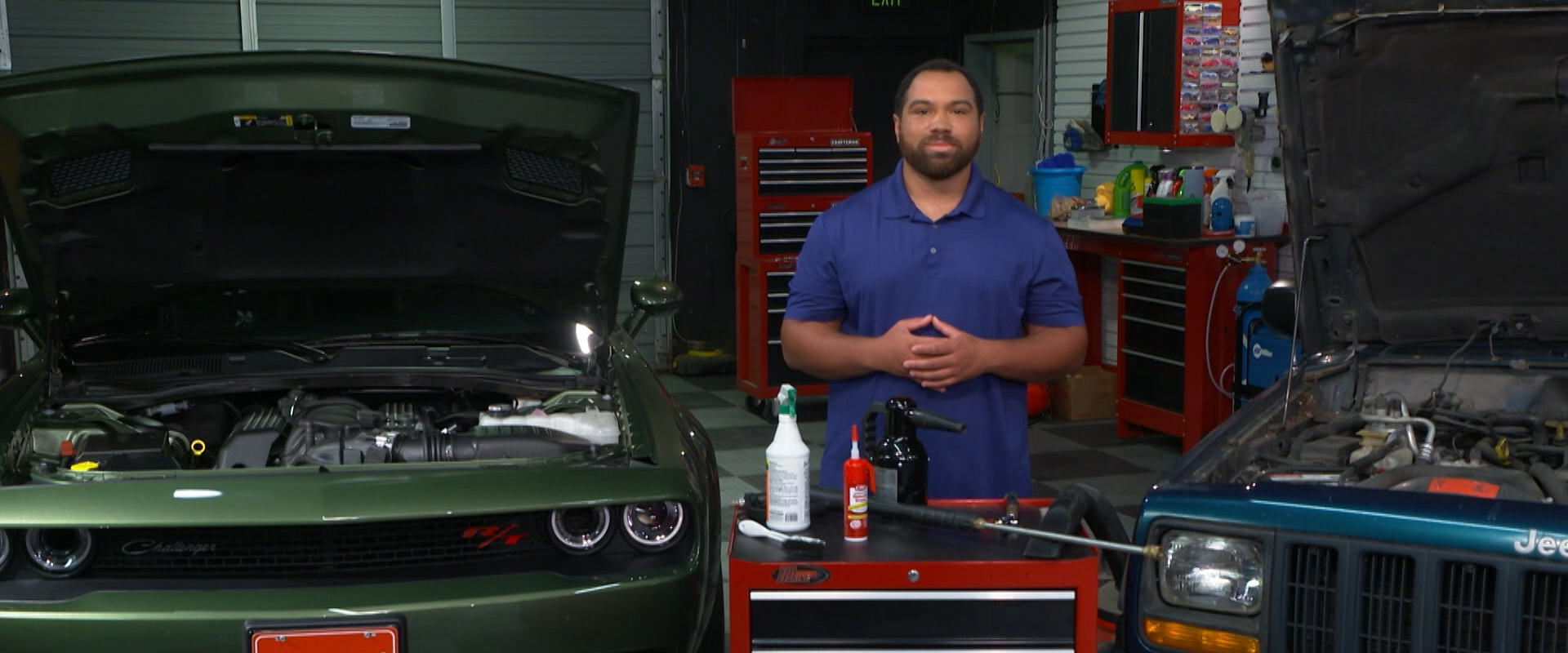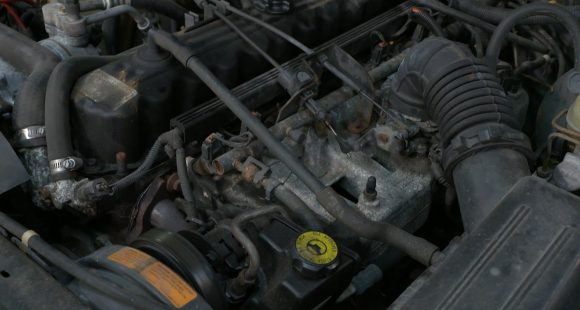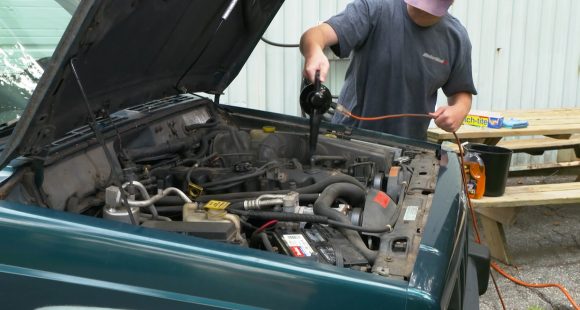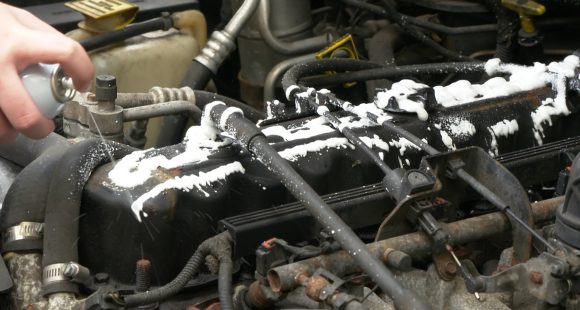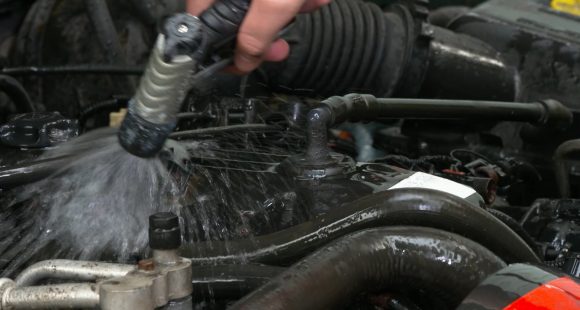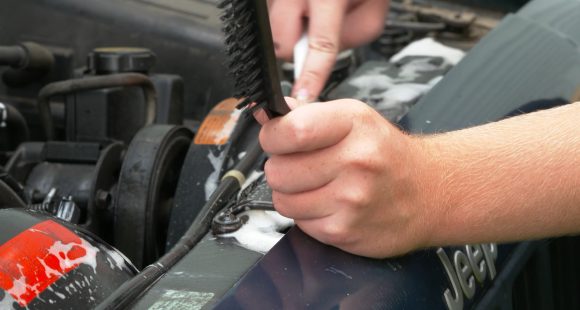Underhood Detailing
You’ve spent all day cleaning the outside and the inside of your pride and joy; and now the big question: do you really want to tackle the dirt and grim under the hood? After all, most will never see it; plus, where do you start, what precautions do you take, and what tools are right for the job? Well, Logan McCombs has all the undercover answers on MotorWeek’s “Your Drive.”
LOGAN MCCOMBS: Keeping your ride clean is about more than just cosmetics, and that is especially true under the hood. All the dirt and grease that builds up on your engine and related parts does a number of things: it can deteriorate hoses, belts, insulation on wiring…anything made of rubber does not like grease and oil. Dirt on the engine can cause it to run hotter because heavier deposits like grease and grime can act as an insulator and trap heat inside the engine. Another benefit of routinely cleaning under the hood is to help spot small fluid leaks and to get them fixed before they become big ones and lead to even bigger problems.
Now, how do you do it?
First, a little prep work goes a long way. Let your engine cool off, disconnect the negative battery cable, remove dry dirt, debris and loose dust under the hood with a brush or a shop vac, or even a blower. Protect carburetors, air intakes, and wire connectors with a plastic bag or tightly wound plastic food wrap. Engine degreasers are popular and effective: you spray them on, let the chemical soak for a bit and then rinse them off with a bare minimum of water using a mist setting.
As with any chemical used around your car, you have to read and follow the label directions. In most cities and states there are rules for disposing of used automotive fluids, and that may include the residue from cleaning your engine. You can use a household multi-surface cleaner on a lot of the plastic parts under the hood, but remember, unless you use a brush and scrub the parts clean, they will look great while they’re wet and look as nasty as ever once they dry.
High pressure washers and under hood areas typically don‘t mix, but if you must, be sure to dial back the pressure and use a wide fan spray setting. High pressures can force water inside wire connectors, light housings, and even under wire insulation, leading to corrosion down the road, or starting problems right away. To avoid these problems, dry and blow off any remaining water under the hood. A blower will work, compressed air; but again, be careful not to overdo the pressure. Also, anytime you unplug a wire connector to do any repair, or change a bulb or something like that, apply some dialectic grease to the inside of the connector to help keep moisture out.
And if you have any questions or comments, reach out to us, right here at MotorWeek.




